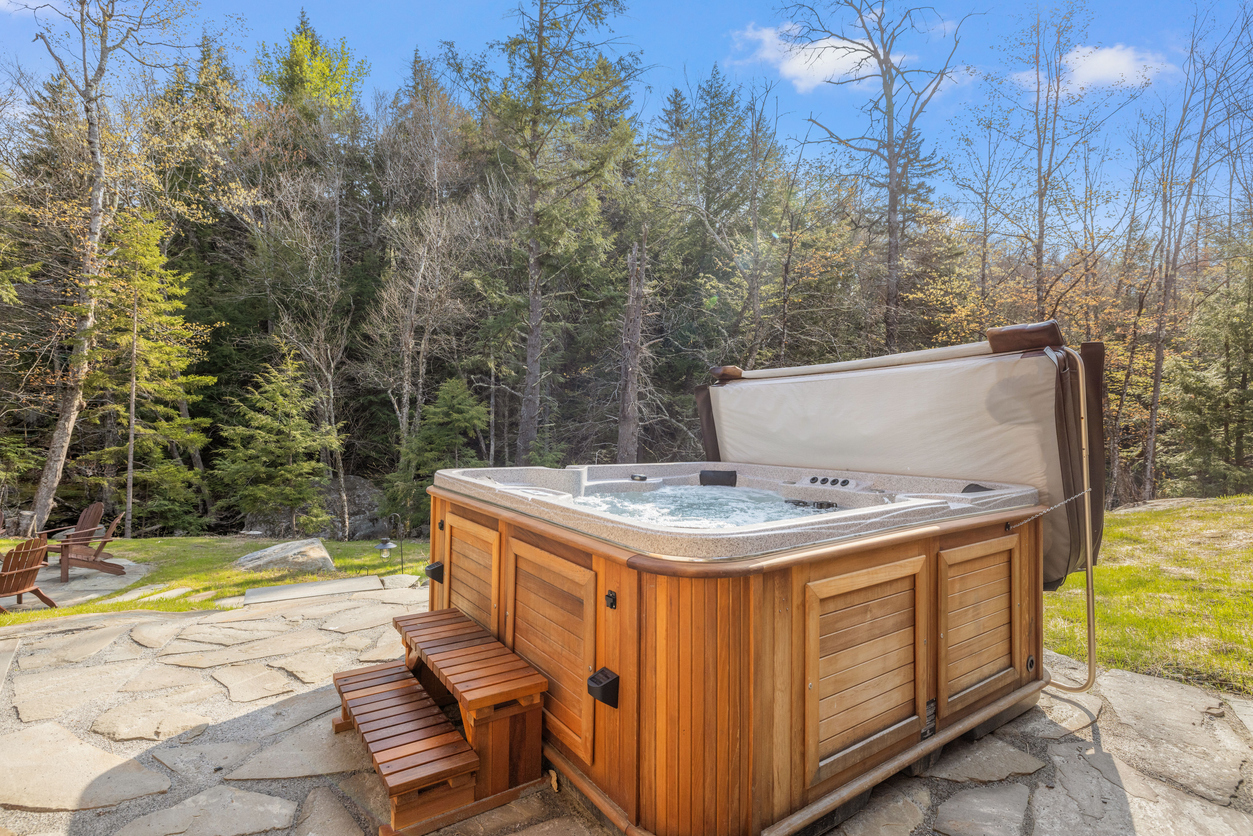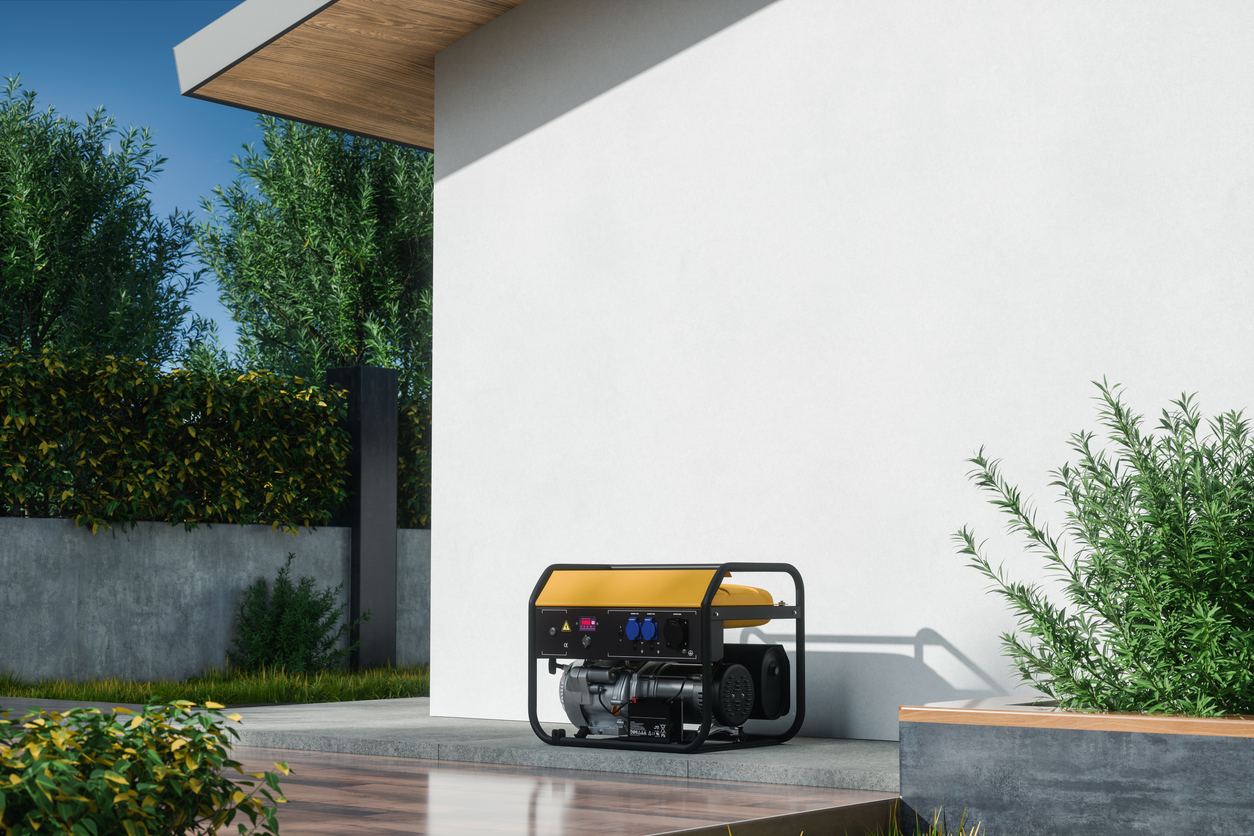Hot tubs are not just luxurious additions to your home, they also offer a variety of health benefits, from stress relief to improved circulation. Whether you're looking to relax after a long day, enjoy a hydrotherapy session, or simply entertain guests, investing in a hot tub can transform your outdoor space into a personal oasis. However, purchasing a hot tub involves more than just picking the first one that catches your eye. It’s important to consider factors like size, cost, and maintenance. This guide will walk you through the key aspects to help you make an informed decision.

Choosing the Right Size
One of the most important factors to consider when buying a hot tub is size. Hot tubs come in various sizes, typically accommodating anywhere from two to eight people. The size you choose depends on how many people will use the tub regularly. If you're buying a hot tub just for yourself or a partner, a smaller, two- to three-person model might suffice. However, if you plan on entertaining friends or family, a larger hot tub that seats six or more people might be ideal. Remember, larger tubs not only take up more space but also consume more energy and require more maintenance.
Location and Installation Considerations
Before purchasing a hot tub, you need to decide where it will be placed. Most people choose to install their hot tub outdoors, often on a deck or patio. However, hot tubs can also be installed indoors if space allows. When choosing a location, consider the structural integrity of your deck or floor. Hot tubs are heavy, especially when filled with water, so the surface must be strong enough to support the weight. It’s also important to think about access to electricity, water drainage, and privacy when selecting a location.
Another consideration is the ease of installation. Some hot tubs are plug-and-play models, which are easy to install and don’t require professional help. Larger, more complex models, on the other hand, often require professional installation, which can add to the overall cost.
Types of Hot Tubs: Portable vs. In-Ground
There are two main types of hot tubs: portable and in-ground. Portable hot tubs are above-ground models that can be installed and removed relatively easily. They are more affordable, widely available, and come in a variety of styles and sizes. These tubs are a popular choice for people who want flexibility in placement or might move homes in the future.
In-ground hot tubs, on the other hand, are permanent fixtures, often integrated into a pool or garden design. They are more expensive and require professional installation, but they tend to offer a more seamless look and can significantly enhance the aesthetics of your outdoor space. Choosing between the two depends on your budget, aesthetic preferences, and long-term plans for your home.
Material Options
The material of the hot tub shell is another critical factor to consider. Hot tubs are typically made from materials such as acrylic, vinyl, and rotomolded plastic. Acrylic hot tubs are the most popular due to their durability, comfort, and wide range of design options. They are resistant to weathering and offer excellent insulation, which helps maintain water temperature.
Vinyl hot tubs, often found in inflatable models, are less expensive but not as durable. They are a good option for those on a budget or people looking for a temporary solution. Rotomolded plastic tubs are lightweight, durable, and more affordable than acrylic models, making them a good middle-ground option.
Energy Efficiency and Running Costs
Hot tubs are long-term investments, so it’s important to consider their energy efficiency. Running costs can vary significantly depending on the model, size, and how frequently you use it. Look for hot tubs with good insulation, such as full-foam insulation, which helps keep the water warm for longer periods, reducing heating costs.
Energy-efficient pumps and heaters can also help lower your electricity bills. Additionally, investing in a high-quality cover is crucial. A well-insulated cover will retain heat and prevent debris from falling into the tub, which reduces the frequency of water changes and maintenance.
Maintenance and Water Care
Maintaining a hot tub involves regular water care, cleaning, and monitoring of chemical levels. It’s essential to keep the water balanced by testing it frequently and adjusting chemicals like chlorine or bromine as needed. This prevents the growth of bacteria and ensures the water remains safe for use.
Filters should be cleaned regularly to remove debris, and the water should be drained and replaced every three to four months. Some hot tubs come with built-in water purification systems, such as ozone or UV systems, which can reduce the need for chemicals and make maintenance easier.
Budgeting for Your Hot Tub
Hot tubs come in a wide range of prices, from a few thousand dollars for a basic model to over $15,000 for high-end, luxury models. In addition to the upfront cost of the hot tub, you should budget for delivery, installation, electrical work, and ongoing maintenance costs. Energy efficiency, water care products, and accessories such as covers, steps, and seating should also be factored into your budget.
Conclusion: Enjoying Your Hot Tub Experience
Buying a hot tub is a significant investment, but one that can greatly enhance your home and well-being. By considering factors such as size, location, material, and energy efficiency, you can find a hot tub that fits your needs and budget. With the right care and maintenance, your hot tub will provide years of relaxation, entertainment, and health benefits. Whether you're soaking solo after a long day or hosting a backyard spa party, the joys of hot tub ownership are endless.


